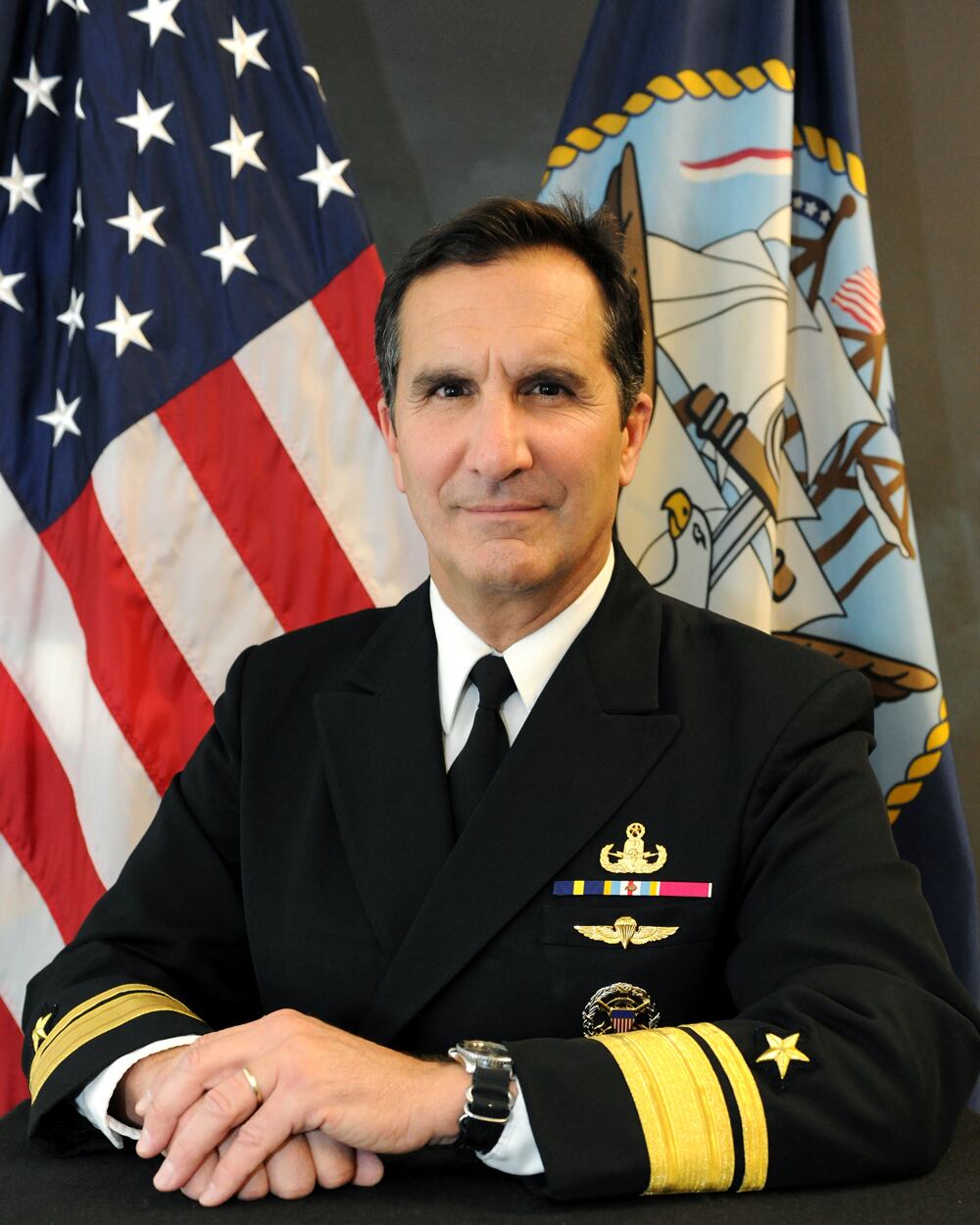JOINT EXPEDITIONARY BASE LITTLE CREEK-FORT STORY, Va. — Entering its second decade of service, Navy Expeditionary Combat Command looks to spread its wings well beyond the counterinsurgency operation era as it rebalances for changing missions. in which it was birthed. Desert operations proved these sailors to be more than simple support assets. Now, the brown-water Navy is taking point in ever-evolving littoral strategies.
Increased cohesion and capabilities will be the name of the game in coming years, according to Rear Adm. Frank Morneau, NECC’s skipper.
"We are no longer a business of tribes; we are very integrated as an expeditionary force," Rear Adm. Frank Morneau told Navy Times in an exclusive Oct. 15 interview. "We are the best in the Navy at providing adaptive force package across the force."
The 2-star is quick to point out that his forces have been in the fight long before Iraq and Afghanistan — EOD worked at Pearl Harbor in World War II, Seabees stood up in 1942, and riverine forces saw action during Vietnam. NECC overseesoverseas the training and manpower for all the Navy's expeditionary branches and is standing up new intel forces and getting better patrol boats. Though masters of breaking down into small units of action and flooding the battle space, this disaggregated nature diminished large-scale effectiveness and efficiency. No longer. Now a type command with a deployable headquarters staff, NECC has command task forces in Bahrain;,; Rota, Spain;,; and Guam.
The Navy Expeditionary Intelligence Command will be a centerpiece as NECC builds upon this unified expeditionary structure. The Navy's first tactical intelligence command, NEIC sends tactical teams into areas where traditional iIntelligence, sSurveillance, and rReconnaissance assets are constrained. Morneau said NEIC "has been navigating channels, but is getting into open water."
"The intelligence teams support strategic and national level, but mostly support maritime intel and they are the best in the world in what they do," he said. "The force is everywhere, and the force is engaged."
Littoral operations will drive the development of advanced gear and equipment. Sailors wearing tree suits are already well familiar with the Joint High-Speed Vessel, a commercial-based catamaran that serves as a launch pad for special operators and Marines, as well as riverine and diving teams. It also serves the expeditionary mine countermeasures community well, Moran said. which "has gone through the roof in the last three to four years."
"How well you can use speed and technology is essential to success in a cluttered environment," said Morneau, who is an Explosive Ordnance Disposal warfare officer, deep sea diving officer, and naval parachutist. These technologies have been employed operationally The command has operated unmanned underwater vessels the past two years, and greater advances are expected in coming years.
"Solutions do not come from engineers and scientists, but from warfighting innovation," he said. The gear is now in the hands of sailors, "and that is where the real creativity happens."
The command also welcomed the first two of 10 Mark VI patrol boats this fall. a vessel Morneau described as "an inflection point that will make a unique difference. The 85-foot boat can travel more than 600 nautical miles. Armed with Mk 38 Mod 2 weapons and 25 mm machine -guns mounts, the 18-man vessel is suited for ideal for Visit, Board, Search, and Seizure missions. Its angled stern also can recover combat rubber riding craft and undersea drones UUVs. Guam is scheduled to have its first Mark VI this time next year.

Rear Adm. Frank Morneau, skipper of Navy Expeditionary Combat Command.
Photo Credit: Navy
NECC sailors can expect regular partnership exercises and humanitarian and disaster relief missions in coming years, an important mission that helps the Navy build ties to foreign countries and militaries. since "you can't build the speed of trust while bullets are flying."
"The local populace may not speak English, but they see a Seabee patch on their uniform and know they will make their lives better," Morneau said.
Of course, building schools and quality of life — building hope in the admiral’s words — is more difficult as Seabees had to cut one-third of the active force and half of its reserve strength in recent years. Morneau said the command has stabilized from the drawdown and can meet its mission, but the force is tasked to capacity.
"If we don't want the forces, we have to do away with the missions," he said. "If something happens, we have to plus up. That's where we are."
And that is nothing new. The Navy had more than a quarter million Seabees during World War II, and dropped to 3,500 before ramping up for Korea and Vietnam, he said.
"If it was easy we would be sitting here in a coat and tie and trading commodities. We are the military and we do the hard jobs."





